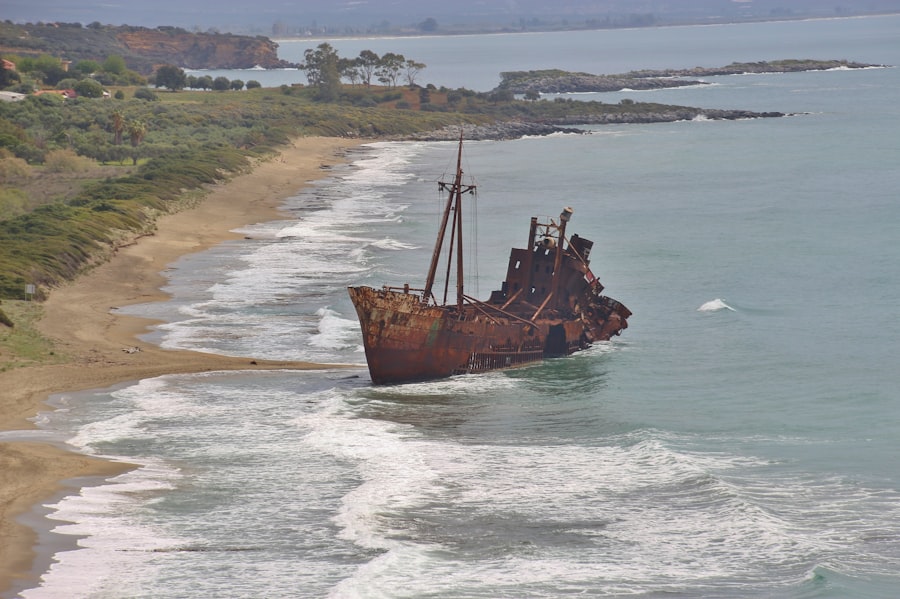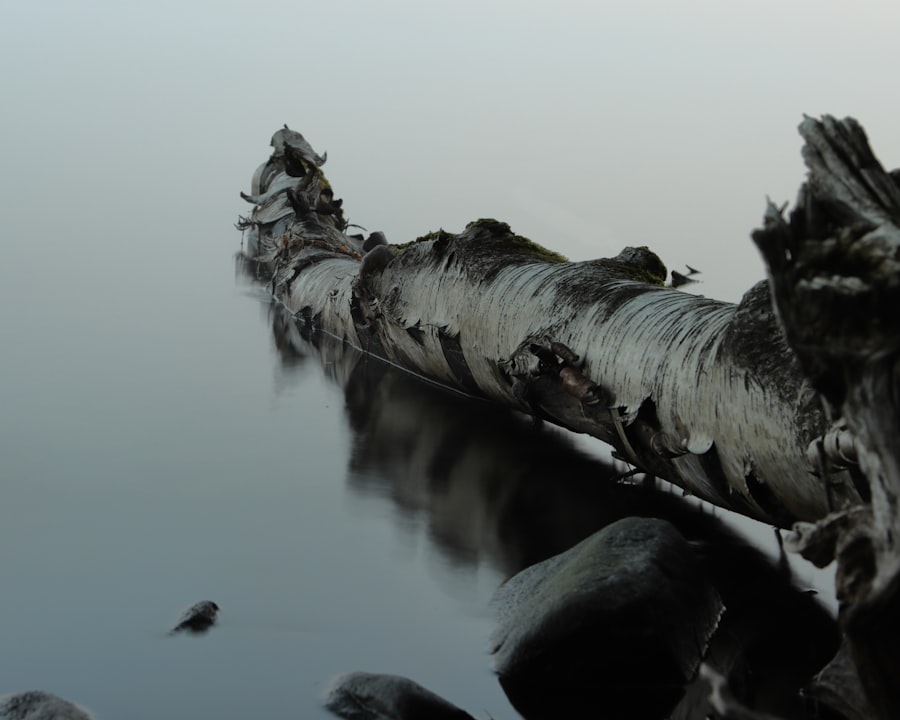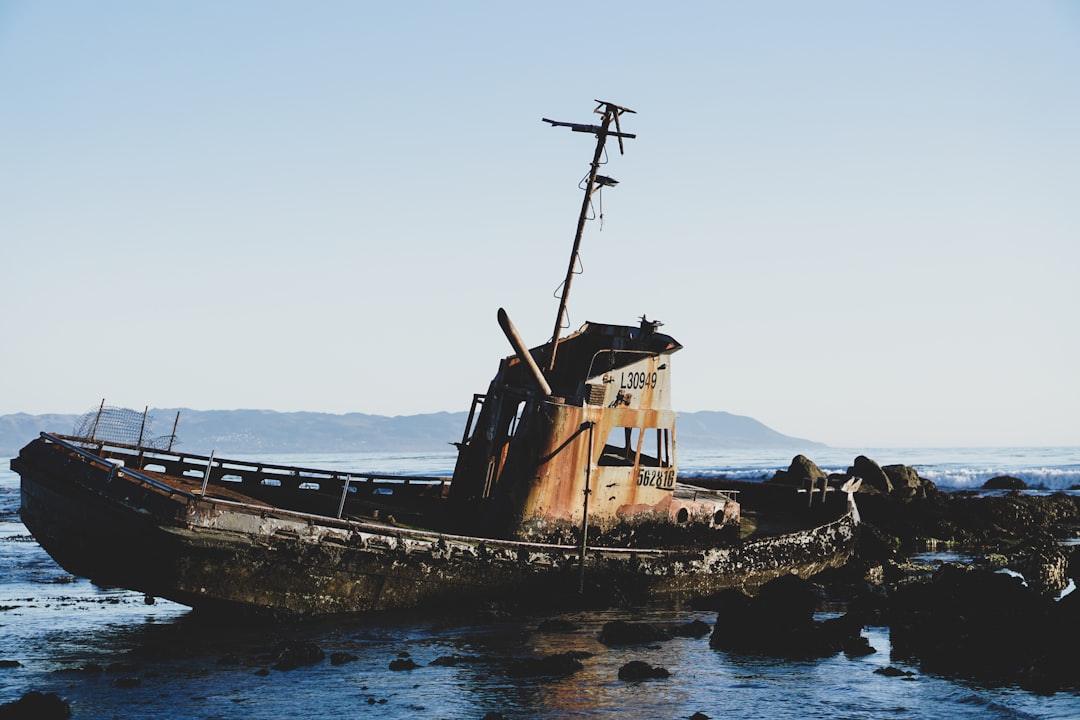The Drake Passage, a body of water situated between the southern tip of South America and Antarctica, is renowned for its tumultuous seas and unpredictable weather. Stretching approximately 800 kilometers (500 miles) in width, it serves as a critical maritime route for vessels traversing between the Atlantic and Pacific Oceans. The passage is not only significant for its geographical location but also for its historical and ecological importance.
It is often described as one of the most challenging waterways in the world, with fierce winds and towering waves that can reach heights of over 30 feet. This unique environment has shaped the narratives of countless explorers and adventurers who have dared to navigate its treacherous waters. The Drake Passage is named after Sir Francis Drake, the English sea captain and privateer who was the first to sail through these waters in the late 16th century.
The passage is not merely a physical barrier; it represents a gateway to the vast, icy expanse of Antarctica, a region that has captivated human curiosity for centuries. As such, the Drake Passage stands as a testament to the spirit of exploration and the relentless pursuit of knowledge about our planet’s most remote areas.
Key Takeaways
- The Drake Passage is a treacherous body of water located between South America’s Cape Horn and the South Shetland Islands of Antarctica.
- The passage was named after the English explorer Sir Francis Drake, who was the first to circumnavigate the globe and navigate these waters in 1578.
- Early exploration of the Drake Passage was fraught with dangers such as extreme weather, icebergs, and strong currents, making it a notorious route for sailors.
- Notable shipwrecks in the Drake Passage include the SS America, the Endurance, and the San Telmo, which have had a lasting impact on exploration and trade in the region.
- Modern navigation and safety measures in the Drake Passage have significantly improved, with the use of advanced technology and strict regulations to ensure safe passage for vessels.
The Discovery and Naming of the Drake Passage
The history of the Drake Passage is intertwined with the Age of Exploration, a period marked by European powers seeking new trade routes and territories. Sir Francis Drake’s expedition in 1578 was pivotal in bringing attention to this formidable stretch of ocean. As he navigated through the passage, he encountered fierce storms and turbulent waters, experiences that would later define the passage’s reputation.
The naming of the Drake Passage in his honor reflects not only his achievements but also the challenges faced by early navigators who ventured into these uncharted waters. Drake’s journey was not merely an act of exploration; it was also a quest for wealth and glory. His successful circumnavigation of the globe brought him fame and established him as one of England’s most celebrated maritime figures.
The passage itself became a symbol of both peril and opportunity, representing the dual nature of exploration during this era. As more explorers followed in Drake’s wake, they too would grapple with the unpredictable conditions that characterize this stretch of ocean, further solidifying its place in maritime history.
Early Exploration and the Dangers of the Drake Passage

The early explorers who ventured into the Drake Passage faced numerous dangers that tested their resolve and ingenuity. The combination of strong currents, sudden storms, and icebergs made navigation perilous. Many ships were ill-equipped to handle the ferocity of the waters, leading to disastrous outcomes.
The passage became infamous for its ability to transform calm seas into raging tempests within moments, catching sailors off guard and often resulting in shipwrecks. Navigators quickly learned that understanding the weather patterns was crucial for survival. The infamous “Roaring Forties,” a term used to describe the strong westerly winds found in this region, posed a significant threat to ships attempting to cross.
These winds could propel vessels at remarkable speeds but could also lead to catastrophic capsizing if not managed properly. The early explorers’ accounts are filled with tales of bravery and desperation as they battled against nature’s fury, highlighting the Drake Passage as both a formidable adversary and an alluring destination.
Notable Shipwrecks in the Drake Passage
| Ship Name | Date of Wreck | Cause of Wreck | Location |
|---|---|---|---|
| SS Isla de Los Estados | 1928 | Struck a reef | Drake Passage |
| SS Admiral Nakhimov | 1986 | Collision with another ship | Drake Passage |
| SS Monte Cervantes | 1930 | Struck a rock | Drake Passage |
Throughout history, the Drake Passage has witnessed numerous shipwrecks that serve as stark reminders of its treacherous nature. One of the most notable incidents occurred in 1914 when the SS Endurance, captained by Ernest Shackleton, became trapped in pack ice while attempting to reach Antarctica. The ship was ultimately crushed by the ice, forcing Shackleton and his crew into a harrowing survival journey across the ice and open water.
This event not only exemplified the dangers of navigating the passage but also underscored human resilience in the face of adversity. Another significant shipwreck was that of the MV Kulluk in 2012, which ran aground near Kodiak Island while being towed through the passage. Although this incident did not result in loss of life, it highlighted modern vulnerabilities in navigating these waters.
The Impact of Shipwrecks on Exploration and Trade
The shipwrecks that have occurred in the Drake Passage have had profound implications for exploration and trade routes. Each disaster prompted a reevaluation of navigation techniques and safety protocols, leading to advancements in maritime technology. As explorers faced the harsh realities of these waters, they began to develop better maps, improved ship designs, and more reliable weather forecasting methods.
These innovations not only enhanced safety but also facilitated more extensive exploration efforts in Antarctica and beyond. Moreover, shipwrecks often served as cautionary tales that influenced trade practices. Merchants became increasingly aware of the risks associated with transporting goods through these perilous waters, leading to changes in shipping routes and practices.
The lessons learned from past disasters contributed to a greater understanding of maritime navigation, ultimately shaping how future generations approached exploration and trade in this challenging region.
Modern Navigation and Safety Measures in the Drake Passage

In contemporary times, advancements in technology have significantly improved navigation safety in the Drake Passage. Modern vessels are equipped with sophisticated navigation systems that utilize GPS technology, radar, and sonar to provide real-time data on weather conditions and sea state. These tools enable mariners to make informed decisions about their routes, minimizing risks associated with sudden storms or hazardous conditions.
Additionally, international maritime organizations have established guidelines and protocols aimed at enhancing safety in these waters. Regular training programs for crew members focus on emergency preparedness and response strategies tailored specifically for navigating the Drake Passage. These measures reflect a collective commitment to ensuring that modern explorers can traverse this historic waterway with greater confidence than their predecessors.
The Role of the Drake Passage in Scientific Research
The Drake Passage plays a crucial role in scientific research, particularly in studies related to climate change and marine biology. Its unique position as a connector between two major oceans allows for significant oceanographic research opportunities. Scientists study ocean currents, temperature variations, and nutrient flows within this region to better understand global climate patterns and their implications for marine ecosystems.
Moreover, the passage serves as a vital habitat for diverse marine life, including whales, seals, and various fish species. Researchers conduct expeditions to study these organisms’ behaviors and migration patterns, contributing valuable data to conservation efforts. The Drake Passage thus stands as both a natural laboratory for scientific inquiry and a critical area for understanding broader environmental changes affecting our planet.
Environmental Concerns and Conservation Efforts in the Drake Passage
As interest in exploring the Antarctic region grows, so do concerns about environmental preservation within the Drake Passage. Increased shipping traffic poses risks such as oil spills, pollution, and disturbances to marine habitats. Recognizing these threats, various international agreements have been established to protect this fragile ecosystem from overexploitation and degradation.
Conservation efforts focus on sustainable practices that balance exploration with environmental stewardship. Organizations work collaboratively with governments and researchers to monitor human activities within the passage and implement measures aimed at minimizing ecological impacts. These initiatives underscore a growing awareness of the need to safeguard this vital waterway for future generations while allowing for continued exploration and scientific discovery.
The Drake Passage in Popular Culture and Literature
The mystique surrounding the Drake Passage has permeated popular culture and literature over the years. It has been depicted in countless novels, films, and documentaries that capture both its beauty and perilous nature. Authors often use the passage as a backdrop for tales of adventure, survival, and human endurance against nature’s might.
One notable example is Alfred Lansing’s “Endurance: Shackleton’s Incredible Voyage,” which chronicles Ernest Shackleton’s ill-fated expedition through these waters. The narrative highlights not only the physical challenges faced by Shackleton and his crew but also their indomitable spirit in overcoming adversity. Such stories resonate with audiences worldwide, reinforcing the idea that while the Drake Passage may be fraught with danger, it also embodies the essence of exploration—the quest for knowledge amid uncertainty.
The Future of Navigation in the Drake Passage
Looking ahead, navigation through the Drake Passage will likely continue to evolve alongside advancements in technology and environmental awareness. As climate change alters weather patterns and sea conditions, mariners will need to adapt their strategies accordingly. Innovations such as autonomous vessels may play a role in enhancing safety by reducing human error during navigation.
Furthermore, ongoing research into sustainable shipping practices will be essential for preserving this vital waterway while accommodating increased maritime traffic. Collaboration among nations will be crucial in establishing regulations that protect both navigators and marine ecosystems within the passage. The future holds promise for safer navigation through this historic route while ensuring that its ecological integrity remains intact.
Navigating the Drake Passage Safely
Navigating the Drake Passage is an endeavor steeped in history, challenge, and opportunity. From its discovery by Sir Francis Drake to its role as a critical route for modern explorers and researchers, this body of water has shaped maritime narratives for centuries. While it presents formidable challenges due to its unpredictable weather and treacherous conditions, advancements in technology and safety measures have significantly improved navigation practices.
The lessons learned from past shipwrecks serve as reminders of both human vulnerability and resilience against nature’s forces. By fostering collaboration among nations and prioritizing sustainable practices, future generations can navigate the Drake Passage safely while preserving its ecological treasures for years to come.
The Drake Passage, known for its treacherous waters and numerous shipwrecks, has long been a subject of fascination for maritime historians and adventurers alike. For those interested in exploring more about the perilous journeys and the historical significance of this infamous stretch of sea, a related article can be found on MyGeoQuest. This article delves into the challenges faced by explorers navigating these waters and the stories of the wrecks that lie beneath. To read more about these intriguing tales, visit the article on MyGeoQuest.
WATCH NOW! Drake Passage: Earth’s Deadliest Waters Revealed
FAQs
What is the Drake Passage?
The Drake Passage is the body of water between the southern tip of South America and the northern tip of the Antarctic Peninsula. It is known for its rough seas and challenging sailing conditions.
What are Drake Passage wrecks?
Drake Passage wrecks refer to ships that have been wrecked or damaged while attempting to navigate the treacherous waters of the Drake Passage. These wrecks are often the result of extreme weather conditions and the strong currents in the area.
How common are Drake Passage wrecks?
Drake Passage wrecks are relatively common due to the challenging sailing conditions in the area. However, with modern navigation technology and experienced crews, the risk of wrecks has been significantly reduced.
What are the main causes of Drake Passage wrecks?
The main causes of Drake Passage wrecks are extreme weather conditions, including strong winds, high waves, and icebergs. The narrowness of the passage and the convergence of the Atlantic, Pacific, and Southern oceans also contribute to the challenging sailing conditions.
What measures are in place to prevent Drake Passage wrecks?
To prevent Drake Passage wrecks, ships typically use advanced navigation technology, experienced crews, and careful route planning. Many ships also receive regular weather updates and ice reports to help them navigate the passage safely.
